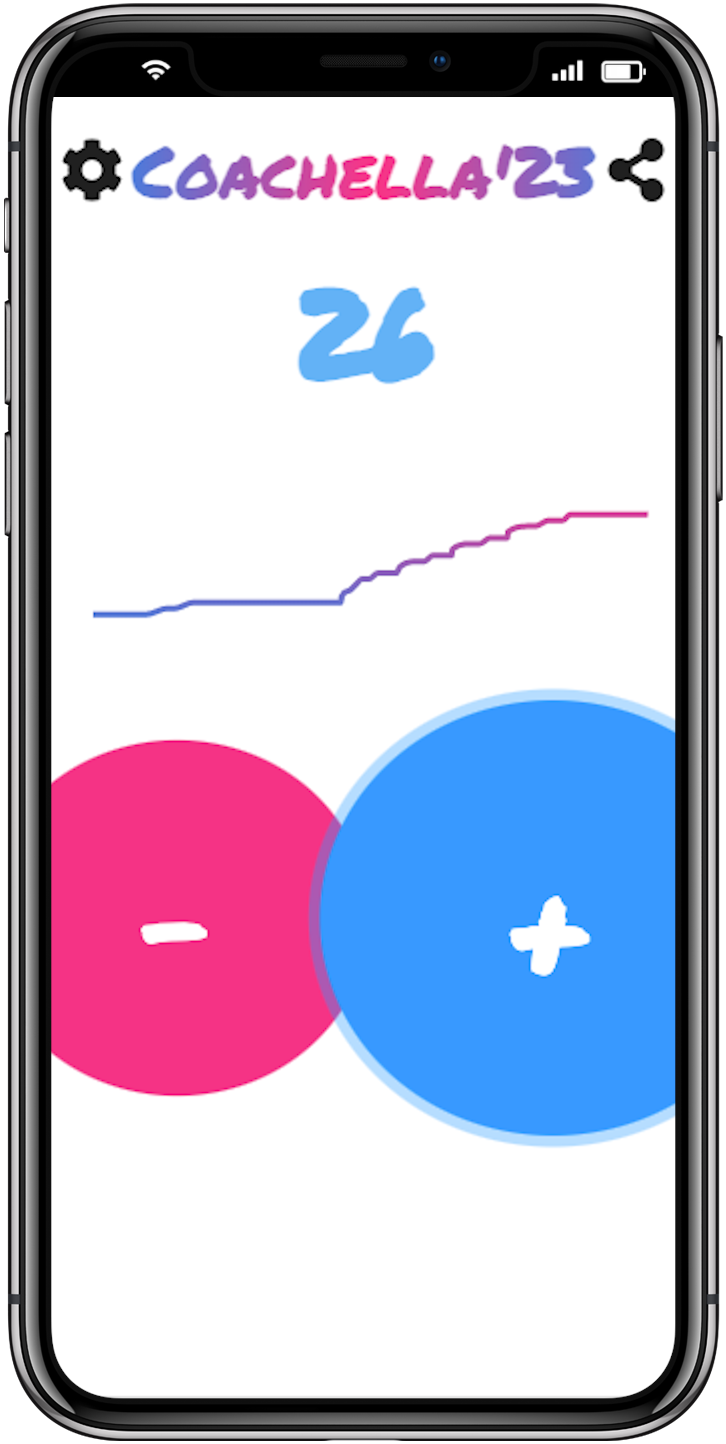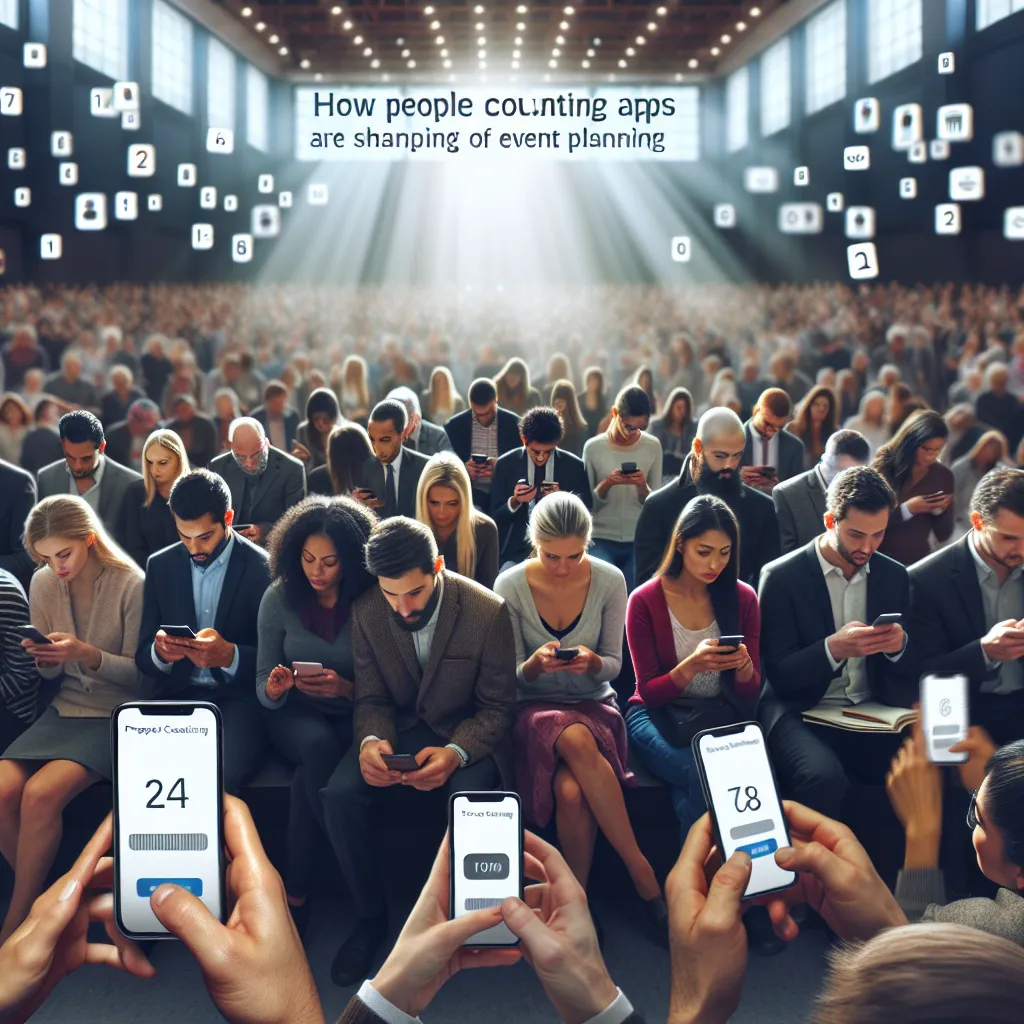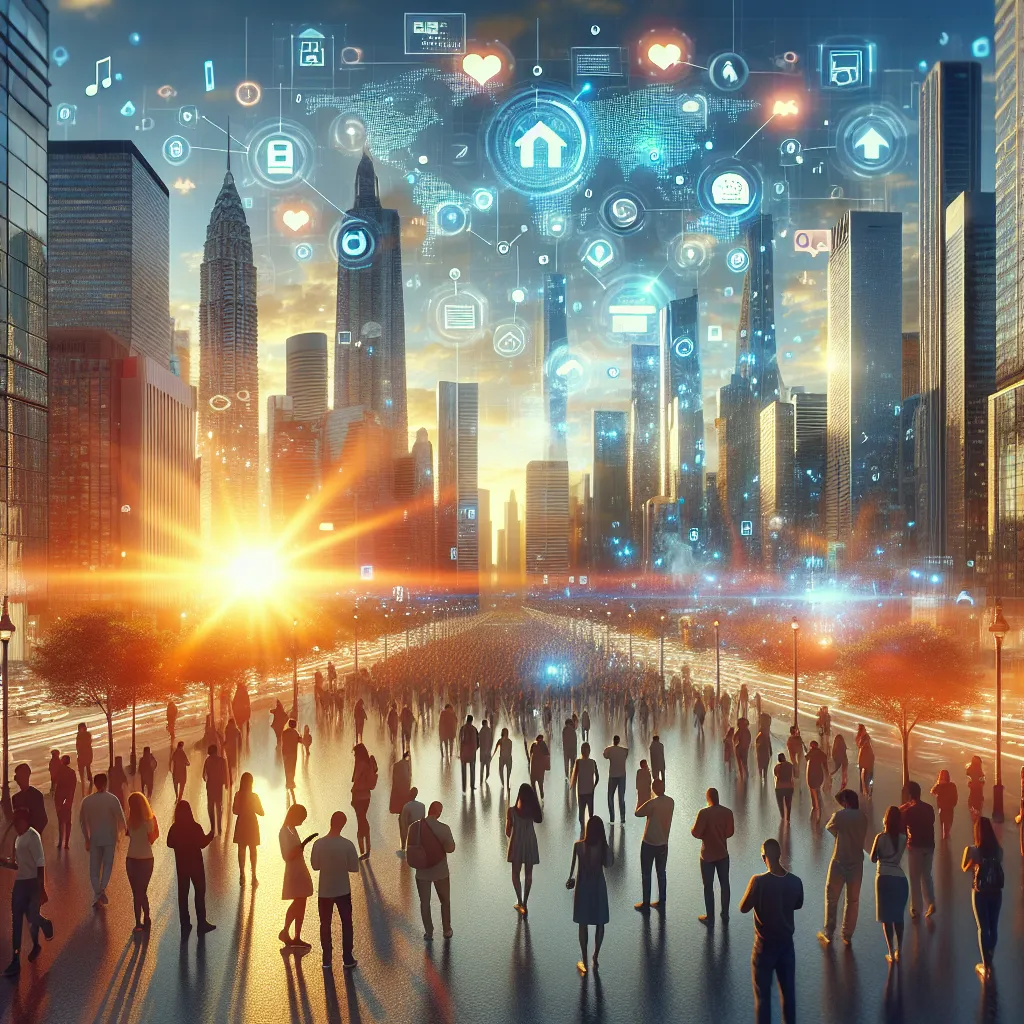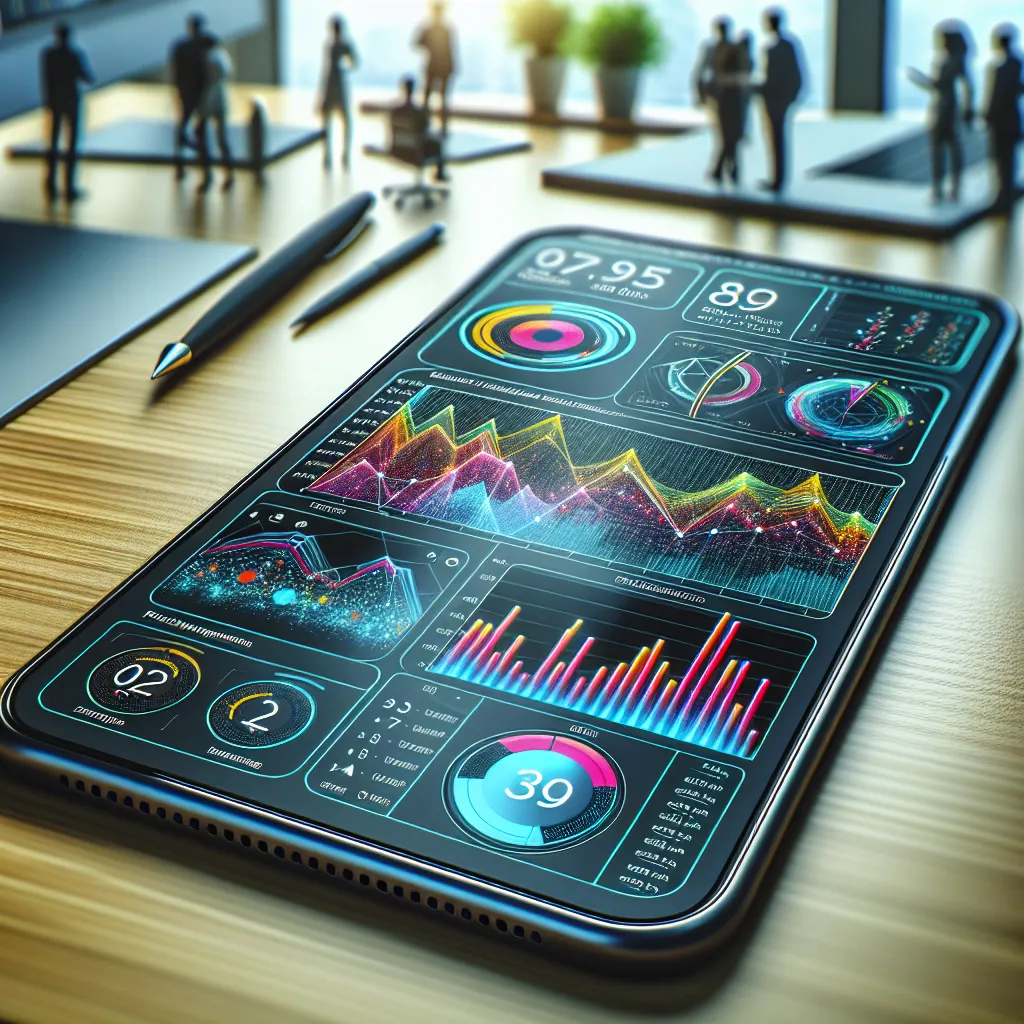Demystifying the Tech: How Does People Counting Work?
In today’s data-driven world, understanding the flow of people is essential for businesses, event organizers, and urban planners. People counting technology has emerged as a powerful tool to gather this critical data. But how does it work, and why is it so vital? In this blog post, we will demystify the tech behind people counting and explore its various applications.
What is People Counting?
People counting refers to the process of measuring the number of people passing through a specific point or area. This technology is widely used in retail, transportation, public spaces, and more, providing valuable insights into foot traffic, occupancy rates, and customer behavior.
How Does People Counting Work?
People counting technology employs various methods and tools to count individuals accurately. Here are the most commonly used techniques:
1. Infrared Sensors
Infrared sensors use beams of infrared light to detect the presence of people. When a person crosses the beam, the sensor registers this interruption as a count. This method is simple and cost-effective, but it may struggle in crowded scenarios where multiple people pass simultaneously.
2. Thermal Imaging
Thermal imaging cameras detect body heat to count individuals. These devices are highly accurate and can operate in complete darkness, making them suitable for various environments. They work well in counting large crowds and are often used in places like stadiums and public transport hubs.
3. Video Analytics
Advanced people counting systems use video cameras coupled with sophisticated software to analyze footage in real-time. The software can differentiate between individuals, even in crowded situations, by recognizing human shapes and movements. This method offers high accuracy and provides additional data, such as dwell times and direction of movement.
4. Wi-Fi and Bluetooth Tracking
In today’s connected world, many people carry devices with Wi-Fi and Bluetooth capabilities. People counting systems can detect signals from these devices to estimate the number of individuals in an area. This method provides valuable data on movement patterns and dwell times, but it may raise privacy concerns.
Applications of People Counting Technology
1. Retail
Retailers use people counting to optimize store layouts, measure the effectiveness of marketing campaigns, and manage staff resources efficiently. Understanding customer foot traffic helps in enhancing the overall shopping experience.
2. Transportation
In airports, train stations, and bus terminals, people counting helps manage passenger flow and improves safety by preventing overcrowding. It also allows for better scheduling and resource allocation.
3. Public Spaces
People counting is crucial for managing events, museums, and parks. By analyzing visitor data, organizers can improve the experience, ensure safety, and make data-driven decisions regarding facilities and services.
4. Workplaces
In corporate settings, people counting assists in space management, ensuring that workspaces are used effectively. It also aids in maintaining occupancy limits and enhancing workplace safety.
Benefits of People Counting
- Improved Customer Insights: Businesses can tailor their strategies based on accurate foot traffic data.
- Enhanced Safety: Monitoring crowd density helps prevent accidents and ensures compliance with safety regulations.
- Operational Efficiency: Optimizing staff deployment and managing resources becomes easier with precise data.
- Data-Driven Decisions: Real-time analytics enable informed decision-making for marketing, space management, and more.
Conclusion
People counting technology is a valuable ally in today’s data-focused landscape. By understanding how it works and its various applications, businesses and organizations can harness its power to improve efficiency, safety, and customer experiences. Whether you’re a retailer, event organizer, or urban planner, demystifying the tech behind people counting opens new avenues for innovation and growth.
By demystifying the tech, we gain a clearer picture of how people counting works and why it is indispensable in our modern world. Ready to leverage this technology for your needs? Start counting today!
This post has optimized keywords like “demystifying the tech,” “how does it work,” and “people counting,” ensuring it meets SEO best practices while providing valuable and comprehensive information.




